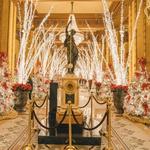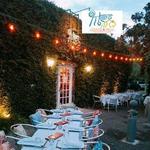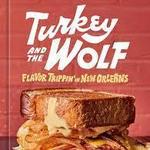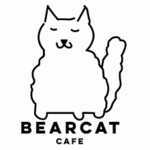Deandra & Jose
Things To Do
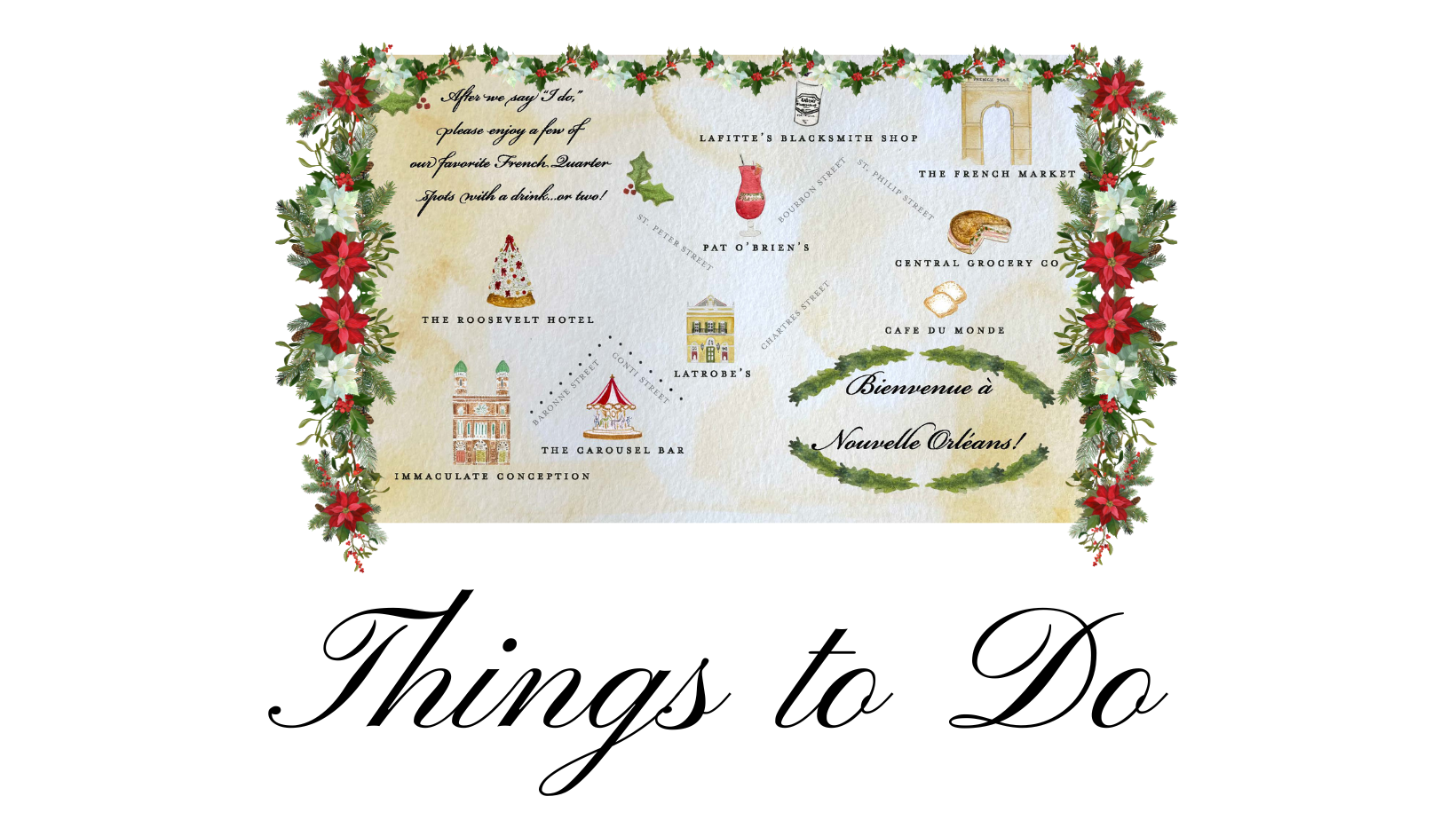
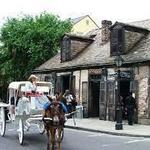
Lafitte's Blacksmith Shop Bar
Built between 1722 and 1732 by Nicolas Touze, Lafitte's is reputed to be the oldest structure used as a bar in the United States. In 1722, further building is recorded by a realty transfer set down by one Don Andres Almonester. The structure and fence are in the old French Provincial Louis XV or Briquette-Entre-Poteauxe style used in French Louisiana. The building escaped two great fires at the turn of the 19th Century, due to slate roofing. Such slates are presently used by artists as canvases. Between 1772 and 1791, the property is believed to have been used by the Lafitte Brothers, Jean and Pierre as a New Orleans base for their Barataria smuggling operation.
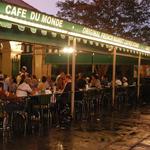
Cafe Du Monde French Market
The Original Cafe Du Monde Coffee Stand was established in 1862 in the New Orleans French Market. The Cafe is open 24 hours a day, seven days a week. It closes only on Christmas Day and on the day an occasional Hurricane passes too close to New Orleans. The Original Cafe Du Monde is a traditional coffee shop. Its menu consists of dark roasted Coffee and Chicory, Beignets, White and Chocolate Milk, and fresh squeezed Orange Juice. The coffee is served Black or Au Lait. Au Lait means that it is mixed half and half with hot milk. Beignets are square French -style doughnuts, lavishly covered with powdered sugar. In 1988 Iced Coffee was introduced to the cafe. Soft drinks also made their debut that year.
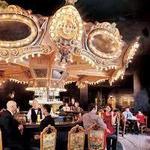
The Carousel Bar & Lounge
The famous Carousel Bar & Lounge in Hotel Monteleone is a long-time favorite New Orleans hotspot. The classic New Orleans hotel bar is the city’s only revolving bar. For decades, it has lured guests in to take a spin on the 25-seat, bright, circus-clad Merry-Go-Round.
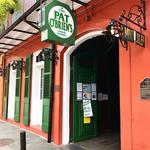
Pat O'Brien's
Pat O’Brien ran a speakeasy in the 600 block of St. Peter street in New Orleans’ French Quarter, until the repeal of Prohibition. When he officially opened the bar on December 3, 1933. He developed a friendship with Charlie Cantrell and after many years of fun and lots of poker games, the two men purchased the building that is now home to Pat O’Brien’s Bar at 718 St Peter street. This Historical Building was built in 1791 as a private home and later became the first Spanish Theatre in the United States. It was converted back to a private residence until 1942, when O’Brien and Cantrell purchased the spacious place to become home to one of the most iconic nightclubs in the United States. The old bar had an upright piano to entertain, but 718 St Peter allowed them to go bigger and better with two baby grand pianos … and dueling piano entertainment was born!
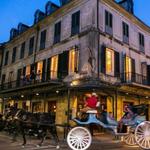
Napoleon House
For almost two centuries, the beloved landmark, The Napoleon House, on the corner of Chartres and St. Louis streets in the historical French Quarter of New Orleans, exudes a European charm that is a mecca for civilized drinking and eating. Its vibrant history prevails-the optimistic plot to provide refuge for the exiled Napoleon Bonaparte by the original owner, Nicholas Girod, Mayor of New Orleans from 1812 to 1815, did not come to pass for the emperor. The building has been known as the Napoleon House ever since, either as an Italian grocery store to a restaurant with countless servings of the signature Pimm's Cup and long list of classic Creole favorites. Remaining true to itself, the deeply patinated walls, uneven floors, luminous photography, and a sea of quotes from famous to regular guests covering the walls between the weathered paintings, speak to the many decades of dedicated service and one of the world's greatest bars.
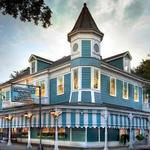
Commander's Palace
Commander's Palace, nestled in the middle of the tree-lined Garden District, has been a New Orleans landmark since 1893. Known for the award-winning quality of its food and its convivial atmosphere, the history of this famous restaurant offers a glimpse into New Orleans' storied past and has been the go-to destination for Haute Creole cuisine and whimsical Louisiana charm. The winner of seven James Beard Foundation Awards, Commander's Palace has evolved into a culinary legend. When Ella, Dottie, Dick and John Brennan took over personal supervision of the restaurant in 1974, they began to give the splendid old landmark a new look both inside and out including painting the outside the iconic "Commander's Blue." Now under the watchful eye of co-proprietors Ti Adelaide Martin and Lally Brennan, the Brennan family's dedication to perfection has never wavered. A steady parade of renowned chefs have made Commander's Palace the world-class restaurant what it is today.
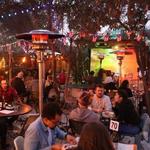
Bacchanal Fine Wine & Spirits
What started as a sleepy little wine shop on the outskirts of New Orleans slowly emerged as an eclectic Bywater watering hole, and then after Katrina became an epic part of the city's recovery as guest chefs from around the city came and cooked for the crowds on Bacchanal Sundays, NOLA's original pop-up. This iconic day became immortalized in HBO's series Treme, and from this day a new business model emerged--a speakeasy that featured great food and music in a backyard party seven nights a week. Unfortunately, Bacchanal did not have the permission or the permits to be an outdoor kitchen and jazz club seven nights a week, and eventually we were raided by the city on a busy Friday night in the Summertime. That raid began an epic year-long struggle to gain the legal rights to our backyard party, and with the help of the people of the Bywater and the support of people around NOLA, we won our day at City Hall.
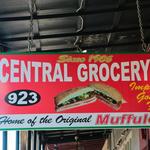
Central Grocery and Deli
Located on Decatur Street in the middle of New Orleans’ French Quarter, Central Grocery Co. is a third generation, old-fashioned grocery store founded in 1906 by Salvatore Lupo, a Sicilian immigrant who is famous for creating the muffuletta. Lined with shelves stocked with imported pasta and olive oil as the aroma of cured pork and aged cheeses fill the air, the shop hasn’t changed over the years. Muffulettas are made with meats sliced in house, locally baked handmade bread and homemade Italian Olive Salad. The store has remained in the same family for 3 generations, currently owned and operated by Tommy Tusa and Frank Tusa.
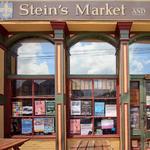
Stein's Market and Deli
A Jewish and Italian deli located in the Lower Garden District of New Orleans. Stein’s Deli offers traditional and specialty sandwiches using top-quality meats and cheeses, in addition to serving breakfast sandwiches (on Davidovich bagels from New York City) all day. You’ll find a very large selection of cured meats and salamis, and over 50 cheeses from around the world. Our retail shelves are lined with a variety of specialty goods such as aged balsamic vinegars, oils, rice and pastas, salts, seasonings, loose-leaf teas, coffees, and a huge selection of domestic & international craft beers.
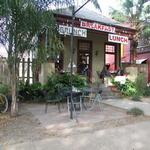
Surrey's Café & Juice Bar
Surrey's is an eclectic and funky Cafe and Juice Bar with two convenient locations on historic Magazine Street in New Orleans. Our sweet and savory menu specializes in local food items with a hint of Latin flavor. Surrey's is the oldest organic juice bar in New Orleans.
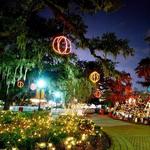
City Park
For over 170 years, New Orleans City Park has provided access to abundant natural and cultural resources to residents of the region and tourists from around the world. The Park is home to the New Orleans Botanical Garden, Couturie Forest and Arboretum, the New Orleans Museum of Art, the Louisiana Children’s Museum, and the largest grove of mature live oaks in the world, some of which are nearly 800 years old. Go for a walk or a run, or to check out the Celebration in the Oaks on Thursday or Friday night!
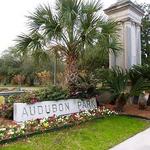
Audubon Park
Seated in historic uptown New Orleans Audubon Park is a favorite spot for recreation, picnics or enjoying a beautiful day. For more than a century, people have enjoyed this urban oasis with allées of ancient live oaks, a tranquil 1.8-mile jogging path, a lagoon, picnic shelters, and playgrounds. Audubon Park is open to the public and also features tennis courts, riding stables, soccer fields, the Whitney Young Pool, Audubon Clubhouse Café and Audubon Golf Club.
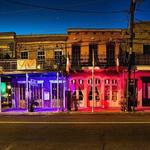
Magazine Street
Stretching six miles parallel to the Mississippi River from Canal Street to Audubon Park, Magazine Street travels from the Central Business District and the Warehouse Arts District through the Garden District and Uptown. Originally named for a warehouse that Spanish Governor Miro built to house Kentucky tobacco and other exports, this retail street’s stores offer a delightful antidote to the typical mall experience. Clusters of shops are interspersed with charming homes, and a mix of renovated warehouses and shops selling housewares, pottery, period furniture, clothing, books, glass, toys, china, soaps and jewelry. Magazine Street is the ideal spot for a leisurely walk-about, with plenty of coffee shops, cafes and restaurants to provide a pit stop and refreshment to the tired shopper. There is a Magazine Street bus that departs from Canal Street, or take the St. Charles Streetcar and walk several block towards the river to Magazine.
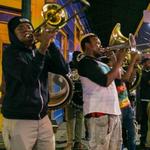
Frenchmen Street
Frenchmen -- crowded, buzzing and vibrant -- might just be the most consistently musical stretch of asphalt in New Orleans. Its venues offer an array of live performances ranging from traditional jazz to blues to reggae and rock and are, themselves, famous, attracting audiences from all over the world.

The National WWII Museum
Offering a compelling blend of sweeping narrative and poignant personal detail, The National WWII Museum features immersive exhibits, multimedia experiences, and an expansive collection of artifacts and first-person oral histories, taking visitors inside the story of the war that changed the world. Beyond the galleries, the Museum's online collections, virtual field trips, webinars, educational travel programs, and renowned International Conference on World War II offer patrons new ways to connect to history and honor the generation that sacrificed so much to secure our freedom.
